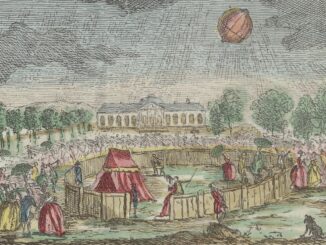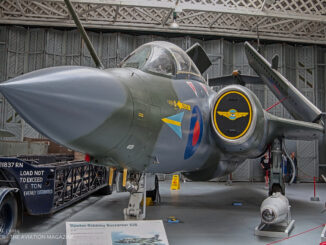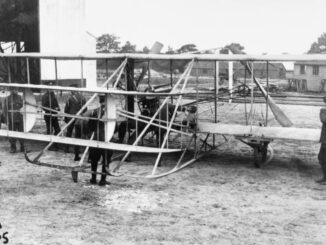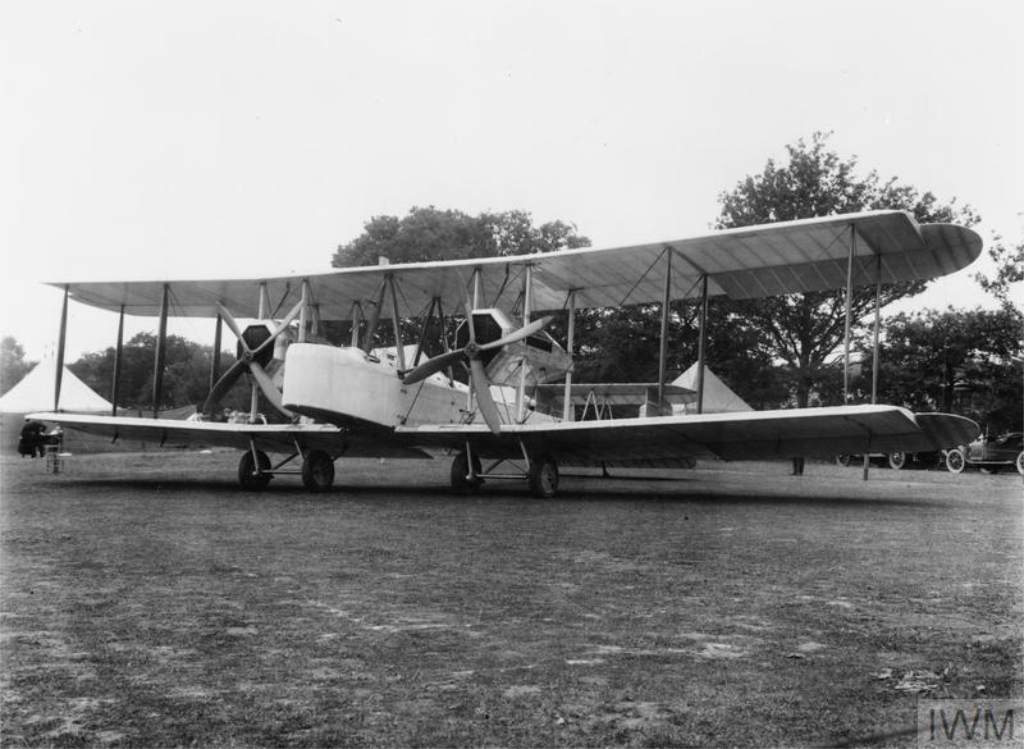 On 15th June 1919, John Alcock and Arthur Brown successfully landed their Vickers Vimy aircraft in County Galway in Ireland, completing the first non-stop transatlantic flight in aviation history.
On 15th June 1919, John Alcock and Arthur Brown successfully landed their Vickers Vimy aircraft in County Galway in Ireland, completing the first non-stop transatlantic flight in aviation history.
In April of 1913, the Daily Mail newspaper officially opened the transatlantic flight competition. The editorial office offered an award of 10,000 GBP – an equivalent of almost 1.5 million GBP in current value – to ´the aviator who shall first cross the Atlantic in an airplane in flight from any point in the United States of America, Canada or Newfoundland to any point in Great Britain or Ireland in 72 continuous hours´. The prize boosted some aviation pioneers to design aircraft able to fly across the ocean. However, the outbreak of the Great War stopped their works and caused the competition was suspended for a couple of years.
In 1919, several aviation teams entered the Daily Mail competition.
The first were Australian pilot Harry Hawker and his British observer Kenneth Mackenzie-Grieve. On 18th May 1919, they took-off from St. John airfield on Newfoundland with experimental Sopwith Atlantic aeroplane, developed from Sopwith B.1 bomber. However, they suffered some problems with engine and were forced to ditch in the Atlantic near the Danish ship they encountered on the way.
The second crew that made its attempt on the same day of 18th May was Frederick Raynham and C.W.F. Morgan. Their aeroplane was Martinsyde Buzzard A.Mk 1, specially modified for the purpose of the transatlantic flight. Regrettably, they crashed the aircraft during take-off due to exceeding maximum take-off weight.
Almost one month later, on 14th June 1919 in the afternoon, John Alcock and Arthur Brown took-off from the same St. John´s airfield, flying a modified Vickers Vimy F.B.27A Mk IV, twin-engine bomber designed at the final stage of the Great War. Their attempt to cross the Atlantic Ocean was officially backed by Vickers and Rolls-Royce, the manufacturer of aircraft engines.
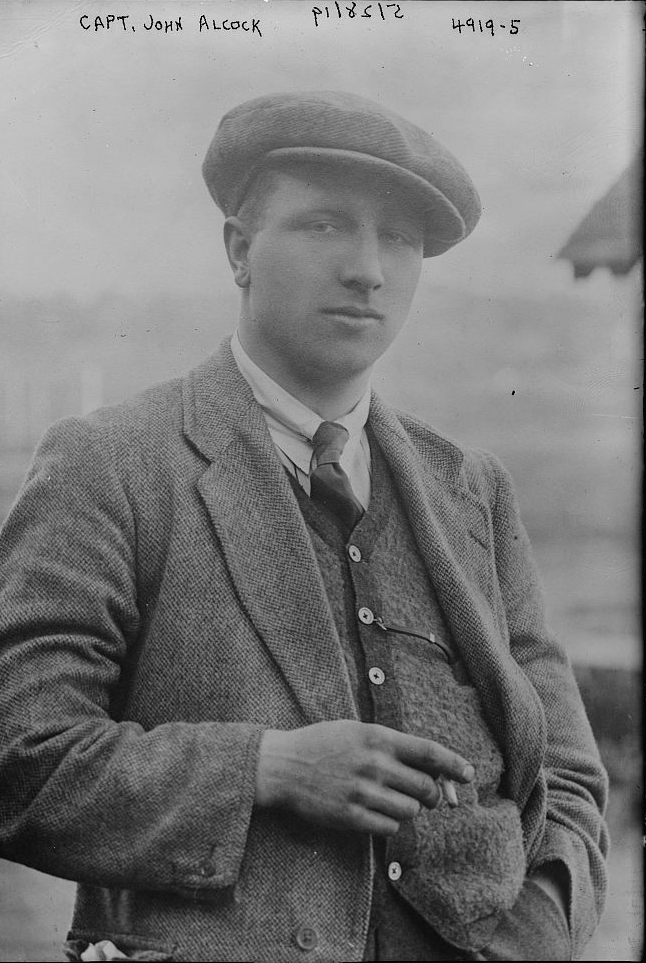
Just as in the previous case, the Vimy seemed to be overloaded. The aeroplane took-off with difficulties, narrowly missing trees at the end of runway. In addition, shortly after beginning of their journey, the wind-driven electric generator broke down, leaving Alcock and Brown without radio, intercom and heating.
The flight was very challenging and abundant in dramatic events. The crew was almost frozen, at least two times lost control of the aircraft and had to deal with several small, nevertheless annoying and distracting, technical issues. In addition, the Vimy was equipped with minimum necessary flying instruments, thus forcing Brown to navigate by the stars. Although, when the aircraft reached a heavy fog area, and then snowstorm and rain, that kind of aerial navigation became impossible.
However, and against all odds, Alcock and Brown did it. In the morning of 15th June, the Vimy successfully landed in County Galway in Ireland. The first non-stop transatlantic flight was completed, after 15 hours and 57 minutes in the air and covering the distance of 3,040 kilometres. It should be also mentioned here that the Vimy carried some mail onboard, making the flight also the first transatlantic air mail service.
John Alcock and Arthur Brown soon became heroes of aviation. They not only received the Daily Mail reward money but also were awarded with a few more cash prizes. In recognition of their merits, Alcock and Brown were also knighted by King George V. Regrettably, John Alcock was able to enjoy the fame of Atlantic conqueror for just a short time – he died in an aviation accident on 19th December 1919, flying Vickers Viking aircraft.
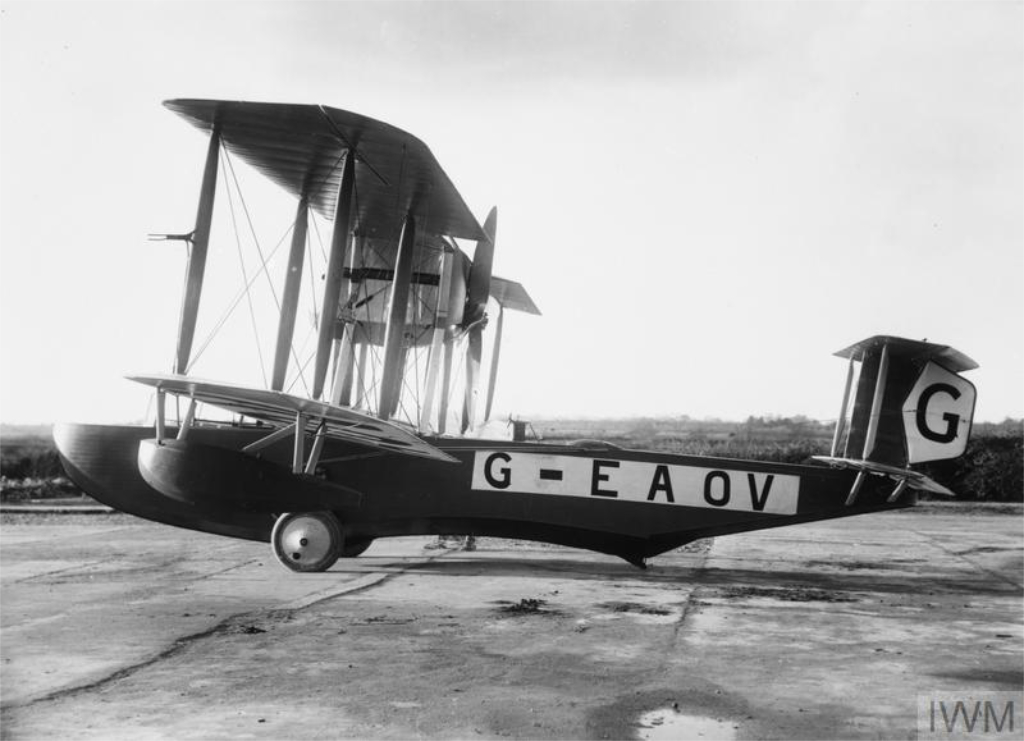
More information about the pioneering flights over the Atlantic Ocean can be found in our article – Across the ocean – astonishing stories of transatlantic flights.
Cover photo: Vickers Vimy with Rolls-Royce VIII engines (photo: © IWM Q 73389, Non-Commercial licence)

